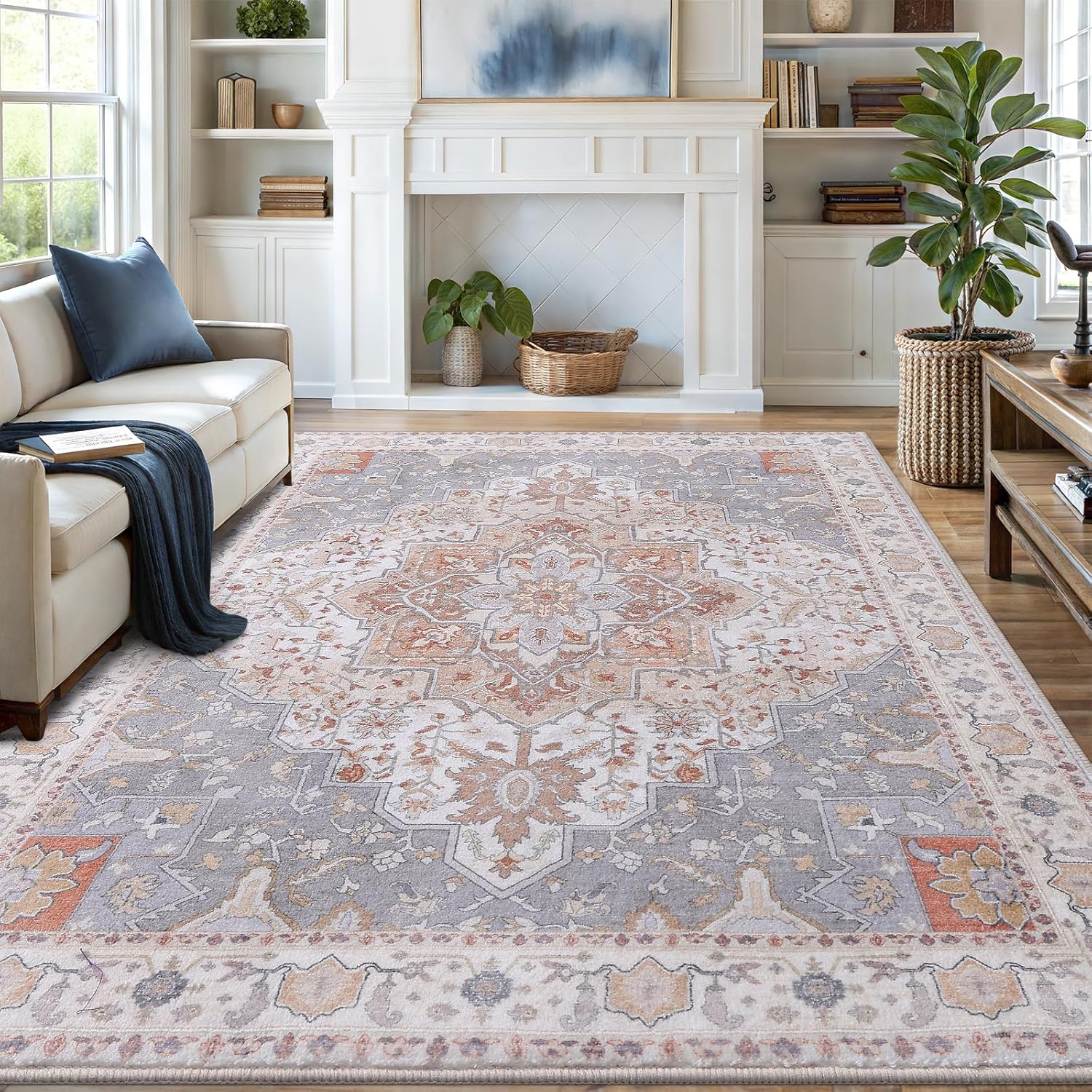A vacuum cleaner works by creating suction through a motor-driven fan, drawing in dirt and debris into a filtration system or dust container for easy disposal.
Vacuum cleaners have revolutionized home cleaning since their invention in 1901. These powerful machines use basic physics principles to remove dirt from floors, carpets, and surfaces. Understanding how they work helps you choose the right model and maintain it properly.

The Physics of Vacuum Cleaning
Vacuum cleaners operate on simple pressure differentials. When you turn on the vacuum:
- The electric motor spins a fan at high speed
- The fan blades push air forward, creating lower pressure behind them
- Atmospheric pressure pushes air (and dirt) into the low-pressure area
- This creates continuous airflow through the machine
It’s similar to drinking through a straw. When you suck, you create low pressure in your mouth, and atmospheric pressure pushes liquid up the straw. Vacuums use this principle on a larger scale.
Key Components That Make It Work
All vacuum cleaners share these essential parts:
| Component | Function |
|---|---|
| Motor | Powers the fan that creates suction |
| Fan/Impeller | Creates airflow and pressure differential |
| Intake Port | Where dirt enters the vacuum |
| Filtration System | Traps dust and debris |
| Dust Container/Bag | Collects captured dirt |
| Exhaust Port | Returns filtered air to room |

Types of Vacuum Cleaners
Upright Vacuums
Upright models have a rotating brush roll that agitates carpet fibers to loosen embedded dirt. The brush is typically powered by either:
- The vacuum’s motor via a belt
- Airflow alone (air-driven models)
These work best for carpeted areas. For hard floors, check our guide on the best vacuum for hard floors.
Canister Vacuums
Canister models separate the motor and collection bin from the cleaning head. They’re more maneuverable and often better for:
- Hard floors
- Stairs
- Above-floor cleaning
Central Vacuum Systems
These built-in systems have a powerful central motor with piping throughout the home. You simply connect a hose to wall inlets. Benefits include:
- Quieter operation (motor is remote)
- No recirculated dust
- More powerful suction
Filtration Systems Explained
Modern vacuums use various filtration methods to trap particles:
Bagged Systems
Porous bags allow air through while trapping dirt. When full, you simply replace the bag.
Bagless Systems
These use cyclonic action to separate dirt from air, collecting debris in a removable bin. Many include washable filters.
HEPA Filtration
High-Efficiency Particulate Air (HEPA) filters trap 99.97% of particles 0.3 microns or larger. Essential for allergy sufferers.
For maintaining your vacuum’s filters, see our guide to cleaning vacuum filters.
Specialized Vacuum Features
Wet/Dry Vacuums
These versatile machines can handle both liquid spills and dry debris. They use:

Vanmoos 6×9 Machine-Washable Area Rug — Artistic Flair / Beige
Low-pile, non-slip rug that minimizes pet hair collection and makes quick cleanup part of your routine.
Affiliate link — may earn a commission at no extra cost to you.
- Larger collection tanks
- Special float valves to protect motors
- Wider airflow paths to handle liquids
Robotic Vacuums
Autonomous cleaners use sensors and programming to navigate rooms. Most include:
- Rechargeable batteries
- Docking stations
- Various cleaning modes
Maintaining Your Vacuum Cleaner
Proper maintenance extends your vacuum’s life and performance:
- Empty dust containers or replace bags when 2/3 full
- Clean brushes and rollers regularly
- Check for and remove clogs in hoses
- Replace filters as recommended
- Inspect belts for wear
For brush maintenance, our guide to cleaning vacuum brushes provides detailed instructions.
Choosing the Right Vacuum
Consider these factors when selecting a vacuum:
- Floor types in your home (carpet, hardwood, tile)
- Allergy needs (HEPA filtration)
- Home size (cord length, battery life)
- Storage space (size of unit)
- Special features (pet hair tools, attachments)
According to Consumer Reports, the best vacuum depends on your specific cleaning needs and home environment.
Vacuum Cleaner Innovations
Recent advancements include:
- Smart sensors that adjust suction power
- Self-emptying bases for robotic models
- Laser mapping for better navigation
- Improved battery technology
As noted by Wirecutter, modern vacuums are more efficient and user-friendly than ever before.
